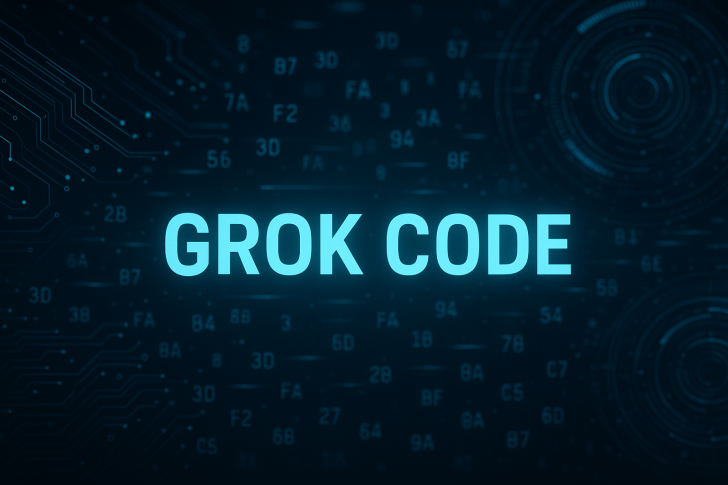Grok Code Fast 1 has established itself as the leading AI coding model, holding the top position on Kilo Code benchmarks for consecutive weeks.
Why Grok Stands Out
According to a recent tweet from DogeDesigne, the model isn't just winning in controlled tests—it's seeing rapid adoption in actual development environments, outpacing competing solutions.
What sets Grok Code Fast 1 apart is its focus on real-world software engineering problems rather than just benchmark performance. The model excels at detecting and fixing bugs in large codebases, delivering contextual code completions that actually make sense, and adapting smoothly across different programming languages. This blend of technical capability and practical usability has made it attractive to both enterprise teams and solo developers.
Growing Adoption
The numbers tell a compelling story. Developer communities are increasingly integrating Grok into their daily workflows, with active discussions popping up across GitHub and coding forums. This network effect is creating momentum that competitors like OpenAI's Codex, Google's AlphaCode, and Anthropic's Claude are finding difficult to match.
Grok's rise signals a fundamental shift in software development. AI has moved beyond being a nice-to-have feature and become an essential development partner. If this trajectory holds, we're looking at faster automation of repetitive tasks, more reliable debugging and testing processes, and a genuine transformation in how code gets written across the industry.
 Saad Ullah
Saad Ullah

 Saad Ullah
Saad Ullah

